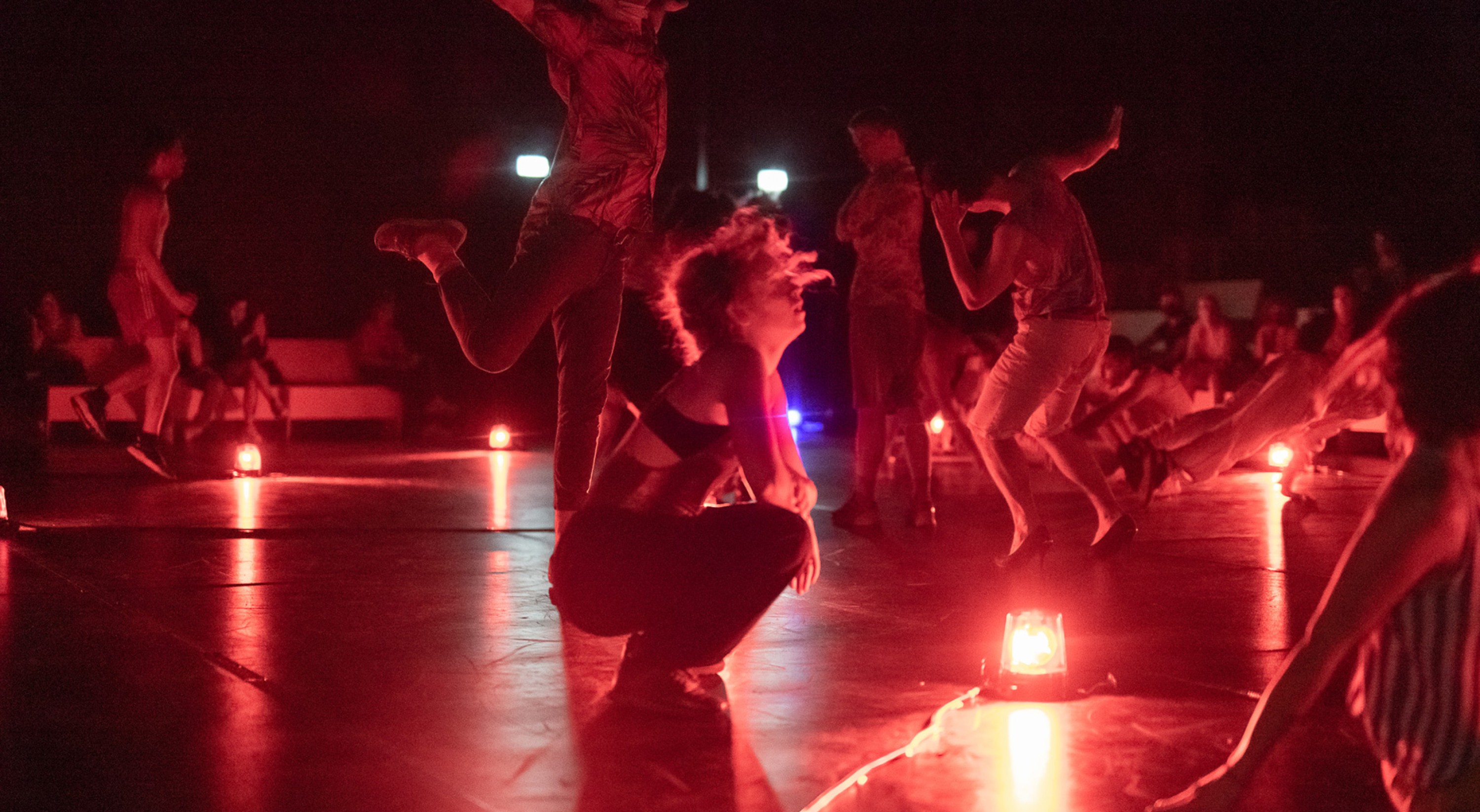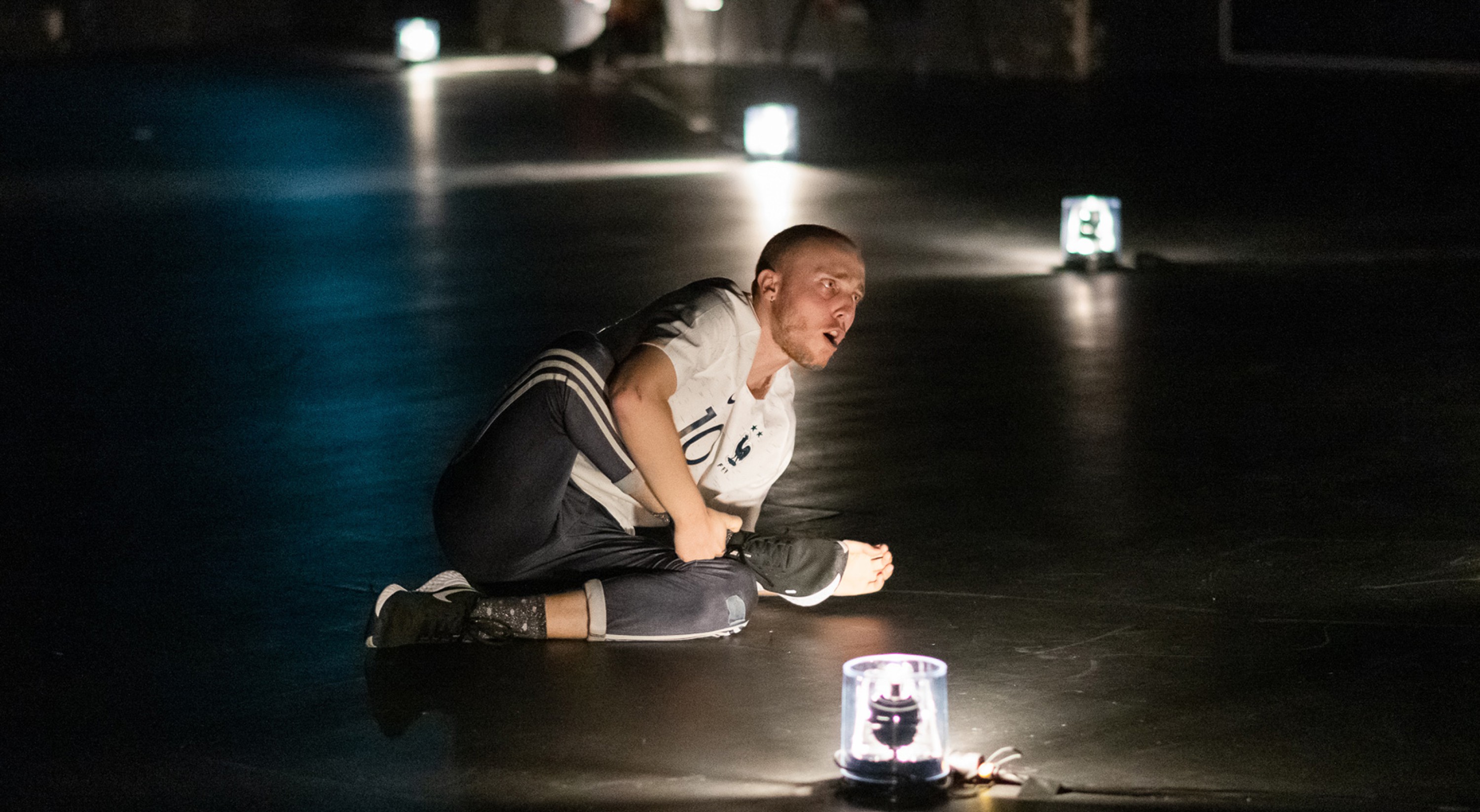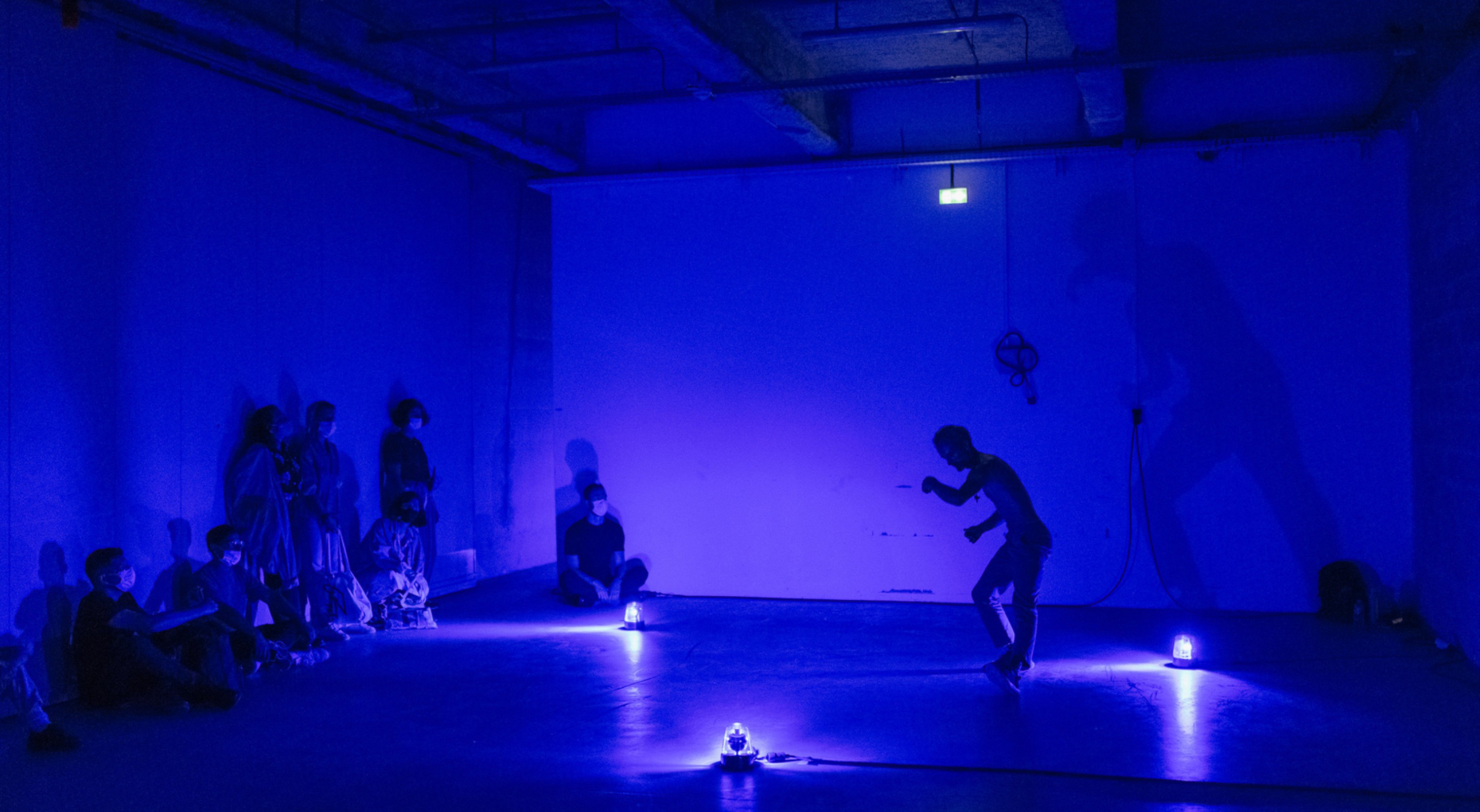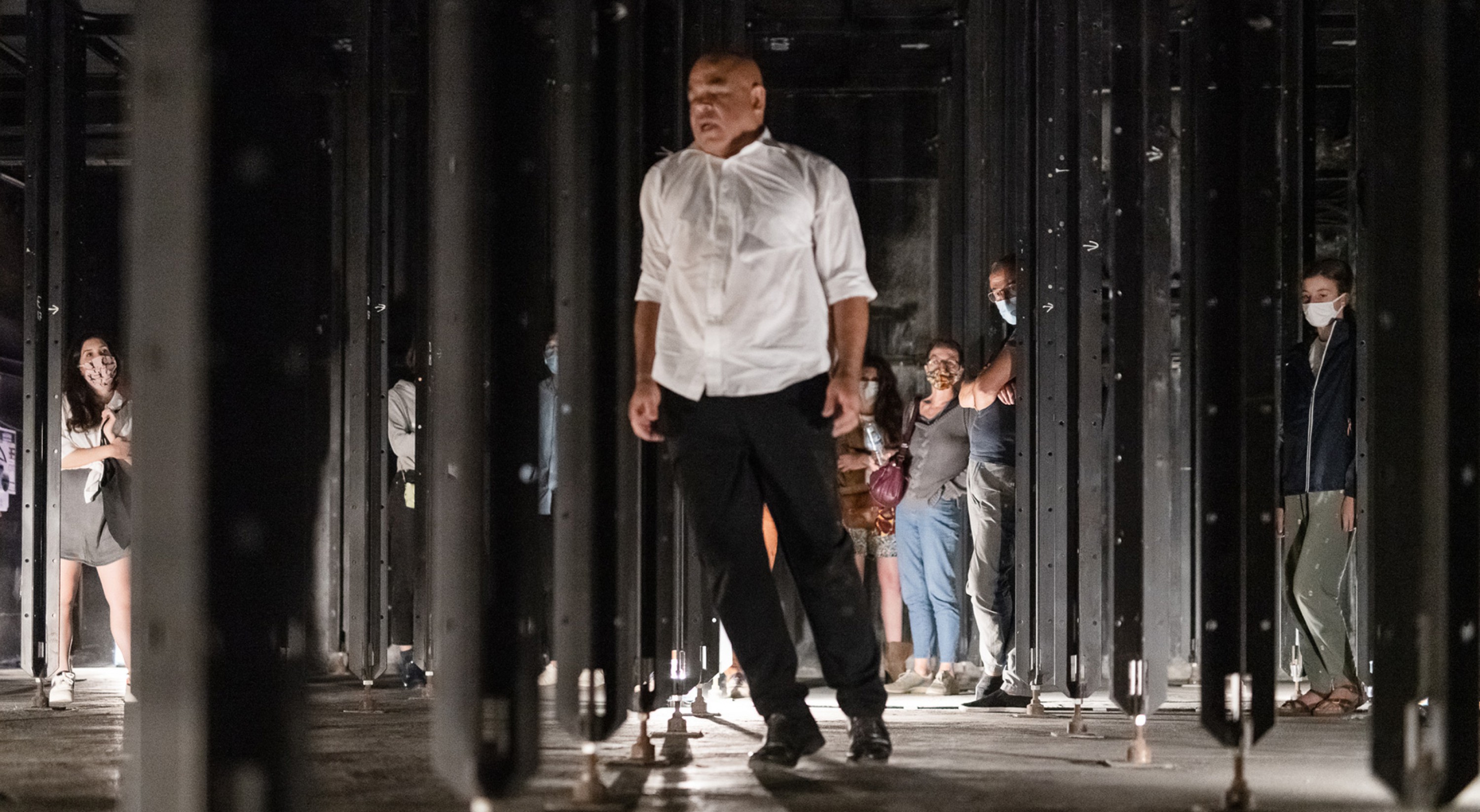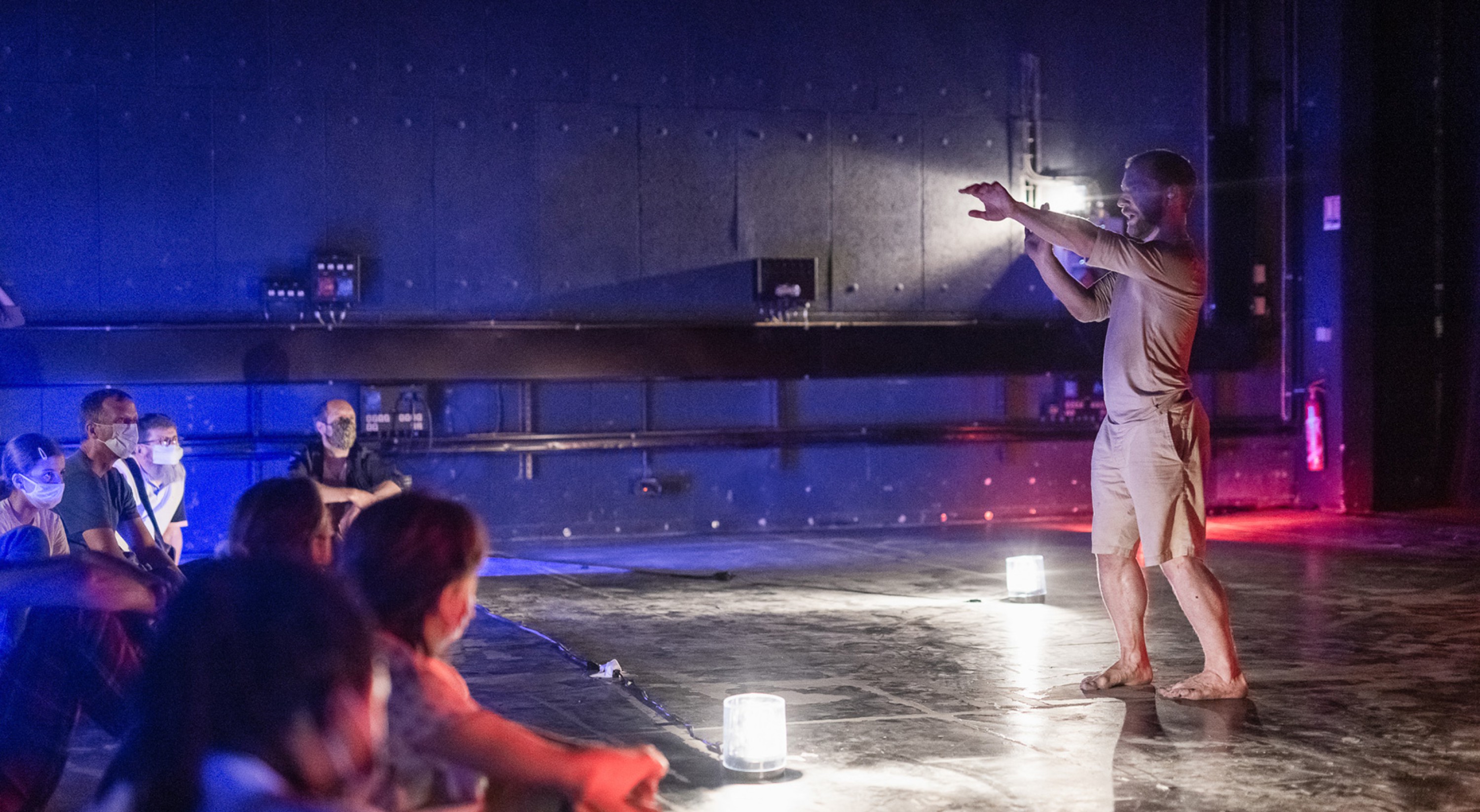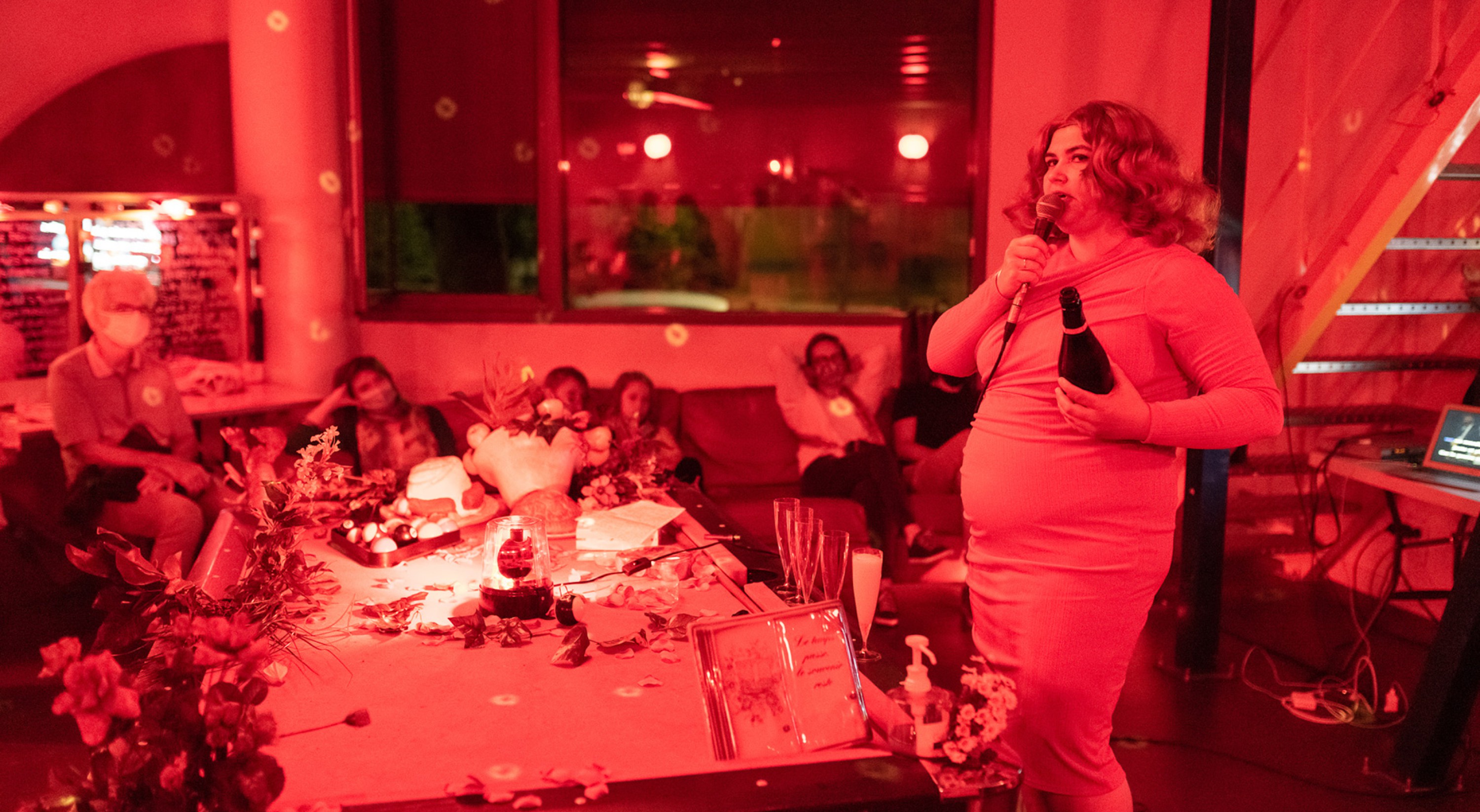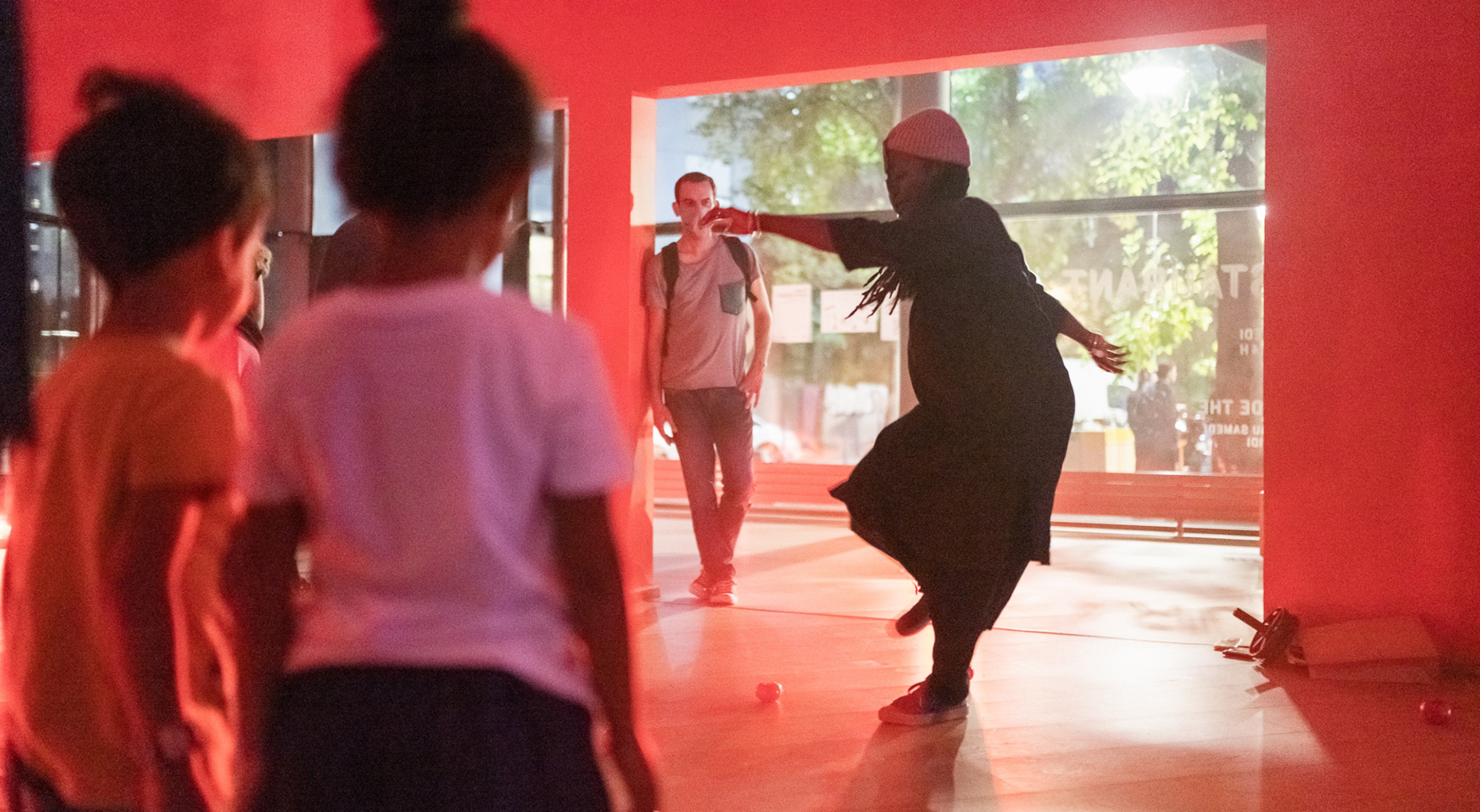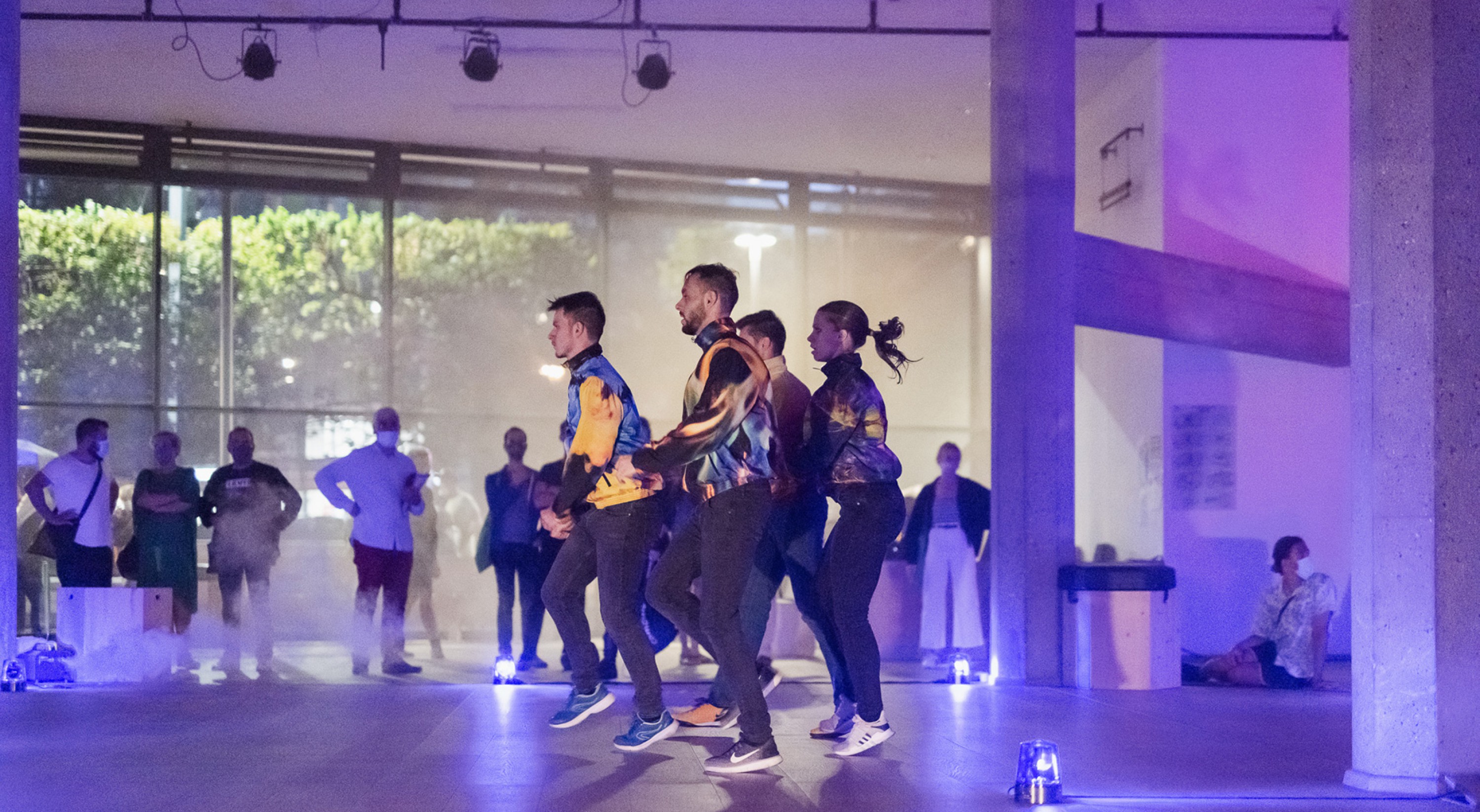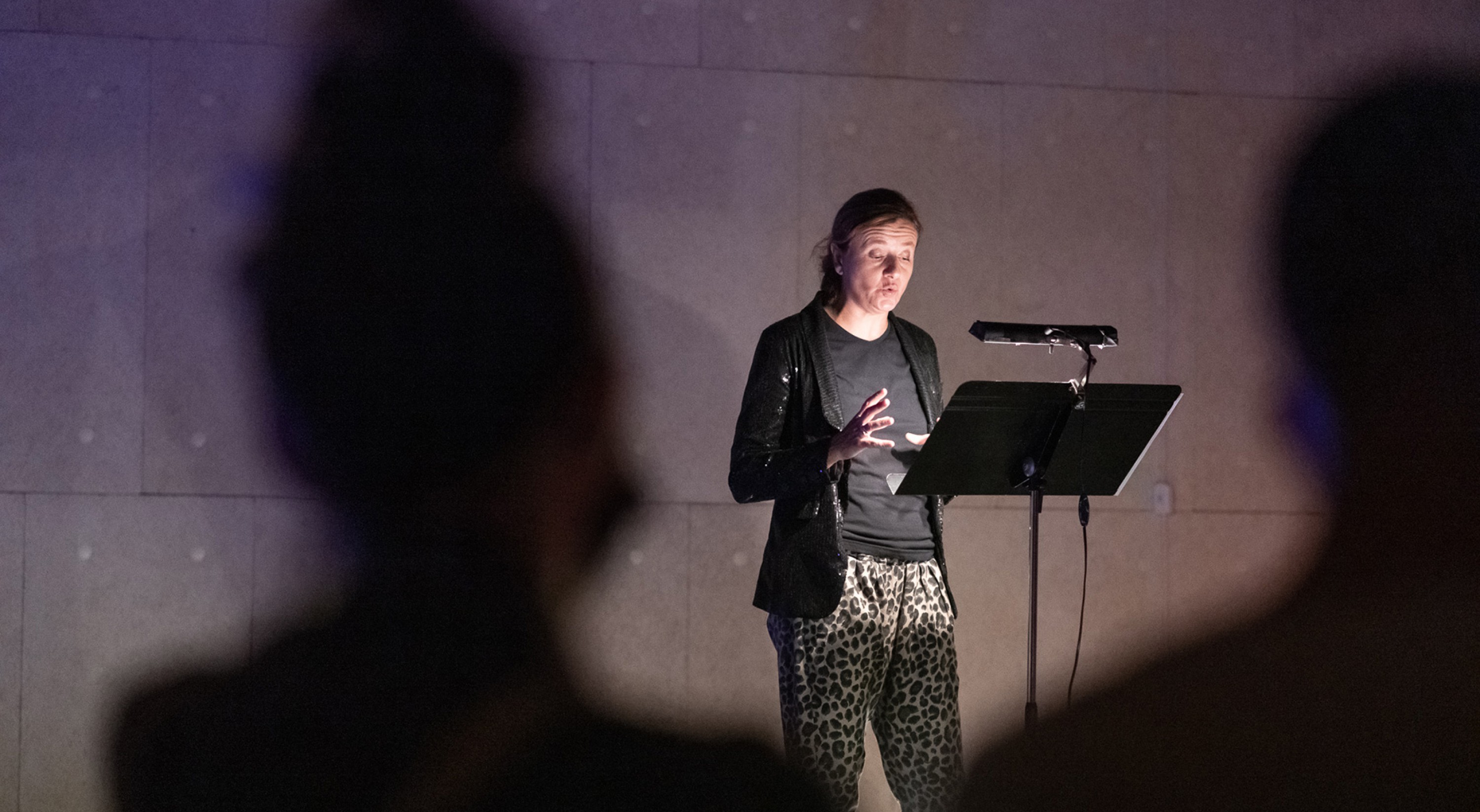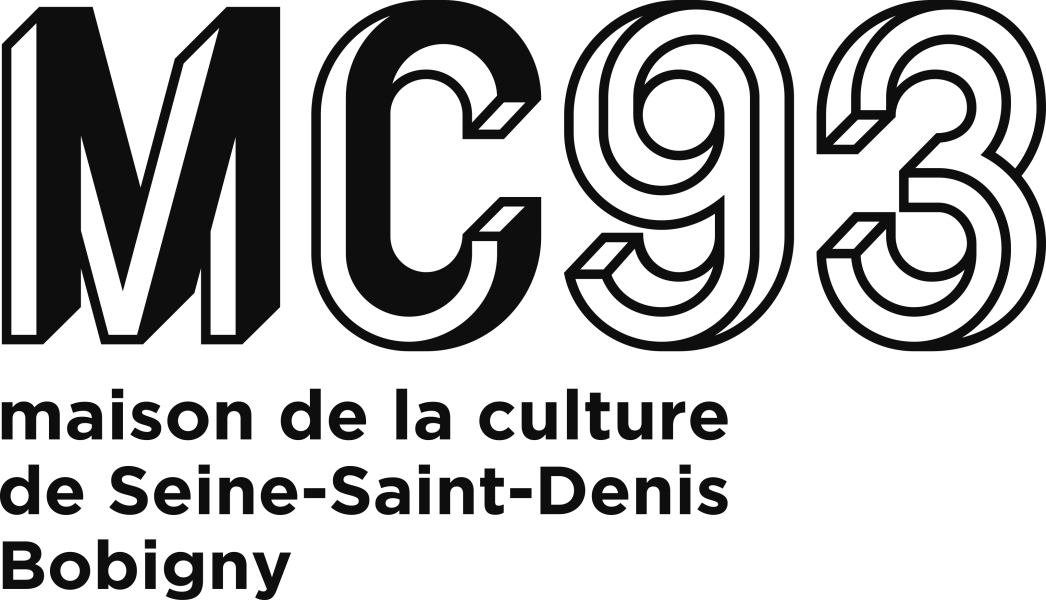Boris Charmatz
La Ruée
septembersept 18 – 19
Concept, Boris Charmatz
With Jessica Batut, Nadia Beugré, Fanny de Chaillé, Sidonie Duret, Kerem Gelebek, Yves-Noël Genod, Alexis Hedouin, Rémy Héritier, (LA)HORDE, Samuel Lefeuvre, Bernardo Montet, Marlène Saldana, Arthur Nauzyciel, Salia Sanou, Solene Wachter et les élèves de la promotion 10 de l’École du Théâtre National de Bretagne : Olga Abolina, Louis Atlan, Laure Blatter, Aymen Bouchou, Clara Bretheau, Valentin Clabault, Maxime Crochard, Amélie Gratias, Romain Gy, Alice Kudlak, Julien Lewkowicz, Arthur Remi, Raphaëlle Rousseau, Salomé Scotto, Merwane Tajouiti, Maxime Thebault, Lucas Van Poucke, Mathilde Viseux, Lalou Wysocka
Artistic accompaniment for the TNB students, Peggy Grelat-Dupont, Thierry Micouin
Lighting installation, Douce France, Yves Godin
Produced by terrain (Hauts-de-France) ; and Musée de la danse – Centre chorégraphique national de Rennes et de Bretagne (2018)
In association with MC93 – Maison de la Culture de Seine-Saint-Denis (Bobigny) ; and Festival d’Automne à Paris
terrain receives financial support from the Ministry of Culture – Direction Générale de la Création Artistique and Région Hauts-de-France.
As part of its implantation in Hauts-de-France, terrain is an associate artist at the Opéra de Lille, Le phénix, scène nationale (Valenciennes) and Maison de la Culture d'Amiens.
Boris Charmatz is accompanied by Charleroi danse – Centre Chorégraphique de la Fédération Wallonie-Brussels from 2018 until 2021.
First performed on the 28th November 2018 at the Théâtre National de Bretagne (Rennes)
With the support of the Fondation d'entreprise Hermès
In partnership with France Culture
A collective performance based loosely on the book Histoire mondiale de la France by Patrick Boucheron, La Ruée signalled the last event in the Musée de la danse, the structure Boris Charmatz has directed over the last ten years. As part of the Portrait opening, this dancing and speaking community is set to stir up History, shaking up its grey areas and matching its unspoken thoughts as it recalls dates from prehistory to the year 2015.
Situated in the heart of the Seine-Saint-Denis area, the MC93 de Bobigny is at the crossroads of France’s various histories – its working class history, as well as its colonial, urban and cultural ones. What better place to make heard the open History proposed by the Histoire mondiale de la France collective work, published in 2017 by the historian Patrick Boucheron in an effort to counter identity-based tensions? How can we give voice to a book, make history move on, and pass it through moving bodies in order to disseminate its different areas of knowledge within the confines of a theatre? In order to take up the challenge, Boris Charmatz has brought together dancers, performers and actors, creating a constellation of simultaneous actions: from 34,000 B.C. to 2015, from Lascaux to the Francs, from The Terror to the Universal Declaration of Human Rights, and until the death of Michel Foucault, the bodies of those participating bring the dates to life, crossing time-scales and places in the process. We witness the articulation of a unique intertwining of unknown zones in History and the bringing up to date of their meaning. Chanted, yelled, murmured, told balancing on one hand or doing tap dancing at the same time, La Ruée is a form of history which exposes the manner in which History acts upon bodies, stirs and structures them. At the heart of Yves Godin’s lighting installation Douce France, part-state of emergency and part-nightclub, embodied dates and facts go on the rampage in the theatre space.
––––––
Running time : 3h
In the same place
